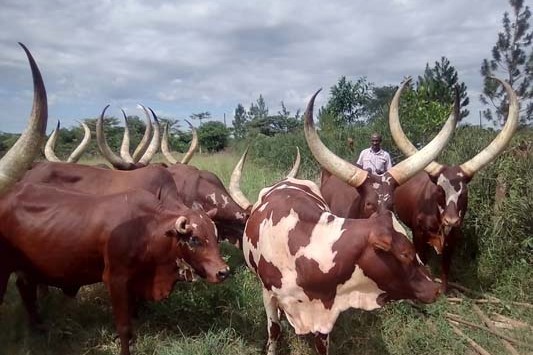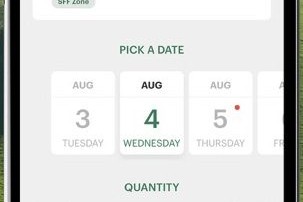Listening to farmers is part of Otago’s changing water use plans as they evolve from systems set up in goldmining days. By Karen Trebilcock.
Otago dairy farmers are urged to be heard in their regional council’s Land and Water Regional Plan Economics Programme.
Started late last year, the programme has been split into four “workstreams” to gather information and one of them is accessing “catchment stories” from across the region.
Otago Regional Council manager of strategy Anne Duncan says farmers do not have to be part of a formal catchment group to become involved.
“Groups of farmers from a local area are fine too. We want as many farmer voices to be involved to make sure what we’re doing is relevant to everyone,” Anne says.
“We know there is already good work underway, and we want to better understand what actions are working, and what are not, in their area.”
The new Land and Water Regional Plan is set to be drafted by the middle of next year, with notification in December 2023. Its aim is to improve the region’s use of freshwater resources and will quickly impact on how farmers use water, both for water takes and to receive contaminants, like excess nitrogen. One hundred-year-old, mostly unlimited water takes which harken back to the region’s gold-mining past, are being replaced by six-year interim consents. ORC has described the interim consents in Plan Change 7 as “a quick fix”, allowing it time to formulate the new plan. But the new plan will also cover contaminants, such as nitrogen and sediment, and how they reach waterways, which involves all farmers and also urban uses.
“It’s not just about using fresh water. It’s also what that use does to the health of our lakes, rivers and aquifers.
“The new plan will affect all farmers. There has to be change to meet the new national direction,” Anne says.
“The economic work programme has been designed to improve our understanding of what this change may mean for local communities.
“Longer-term, it will build a stronger foundation within council to understand the economic uses of water and land, which is going to be essential with a rapidly changing climate.”
A regional economic profile will be produced for fresh water that explores the use of water by industry and the value added to it by that use, in income and employment.
The programme will consider differences between communities. For example, the economy, living standards and access to services in Balclutha are different to those in Queenstown, she says.
Also, water takes from rivers and groundwater differ in importance across the region from the dryer areas of Central Otago to areas which receive regular rainfall such as South Otago.
A third workstream will make use of information from Otago farms involved in the four-year Ministry for Primary Industries Farm Monitoring and Benchmarking Programme which began in 2020. MPI is collecting anonymised data on production, finances and the environment from more than 2000 dairy, sheep and beef, deer, arable and horticulture farms, nationally, to provide a snapshot of their performance.
“We’re looking for farm-specific financial and environmental performance indicators from a range of farms within each industry so we get a reasonably representative sample for the region,” Anne says.
“We’re under tight time frames though to get this work done, so it’s about doing the best we can over the next year.”
The final workstream for the economic project is Te Ōhanga ki Kāi Tahu with Aukaha and Te Ao Marama considering their economy, both historical and present day, and highlighting kaitiakitanga and manaakitanga of mana whenua in catchments ki uta ki tai (from the mountains to the sea).
Information gathered by the project will contribute to understanding what viable options for future water and land use are, and allow us to better consider how these interact, she says.
Farmer groups can become part of the catchment story workstream by contacting ORC via email on strategy@orc.govt.nz.





